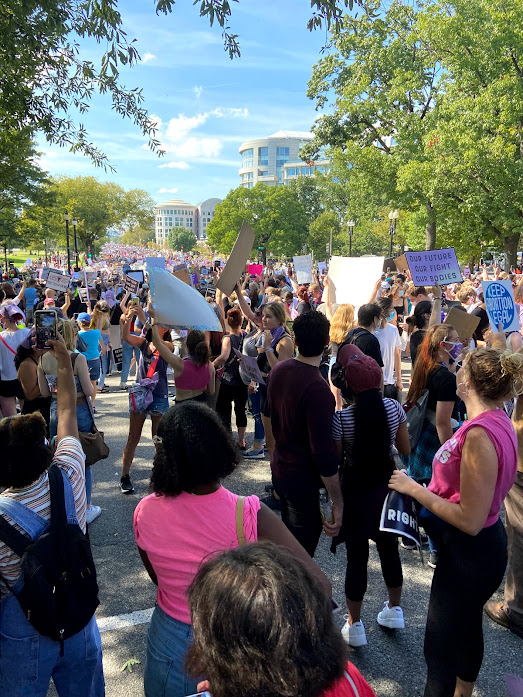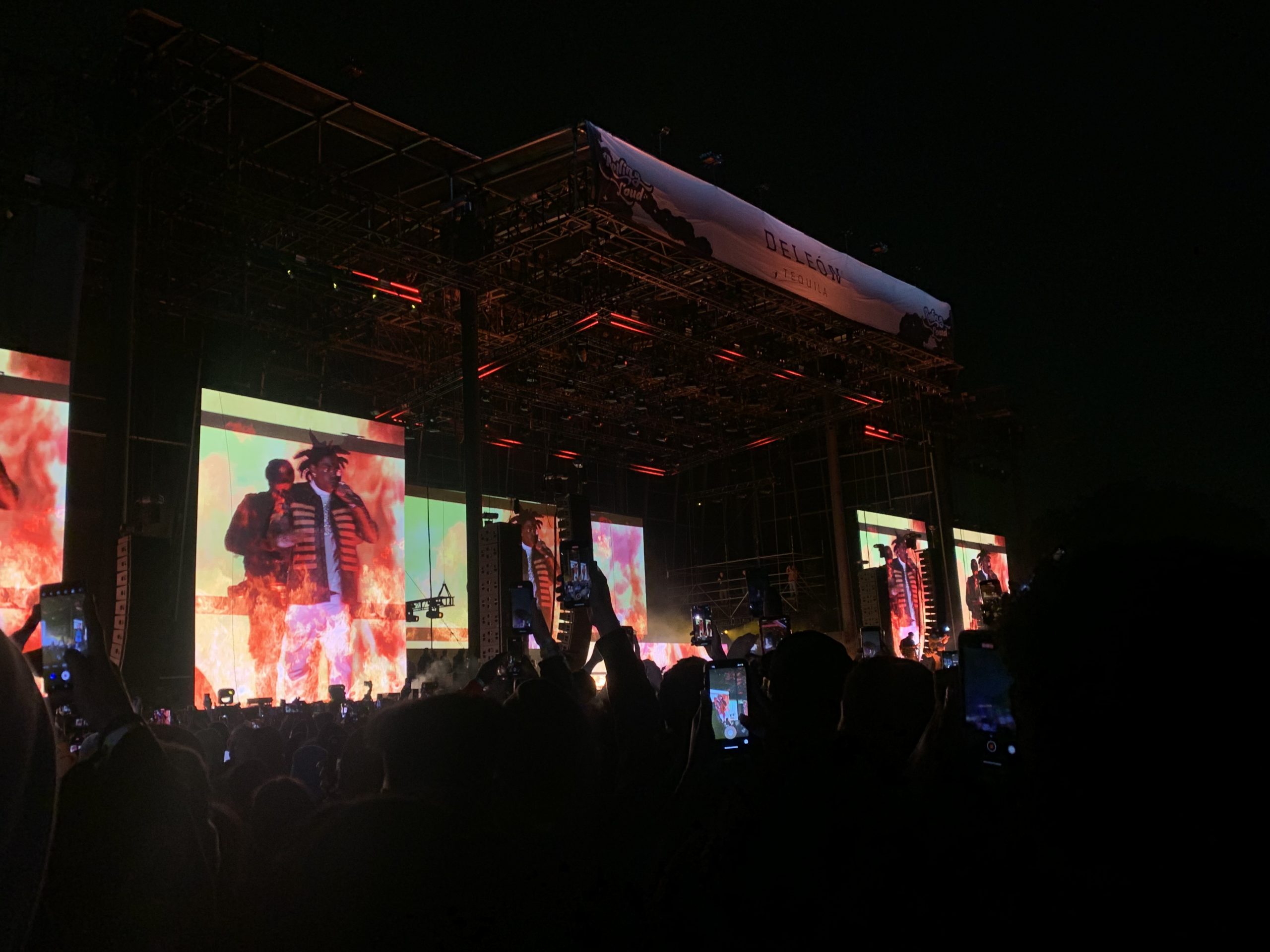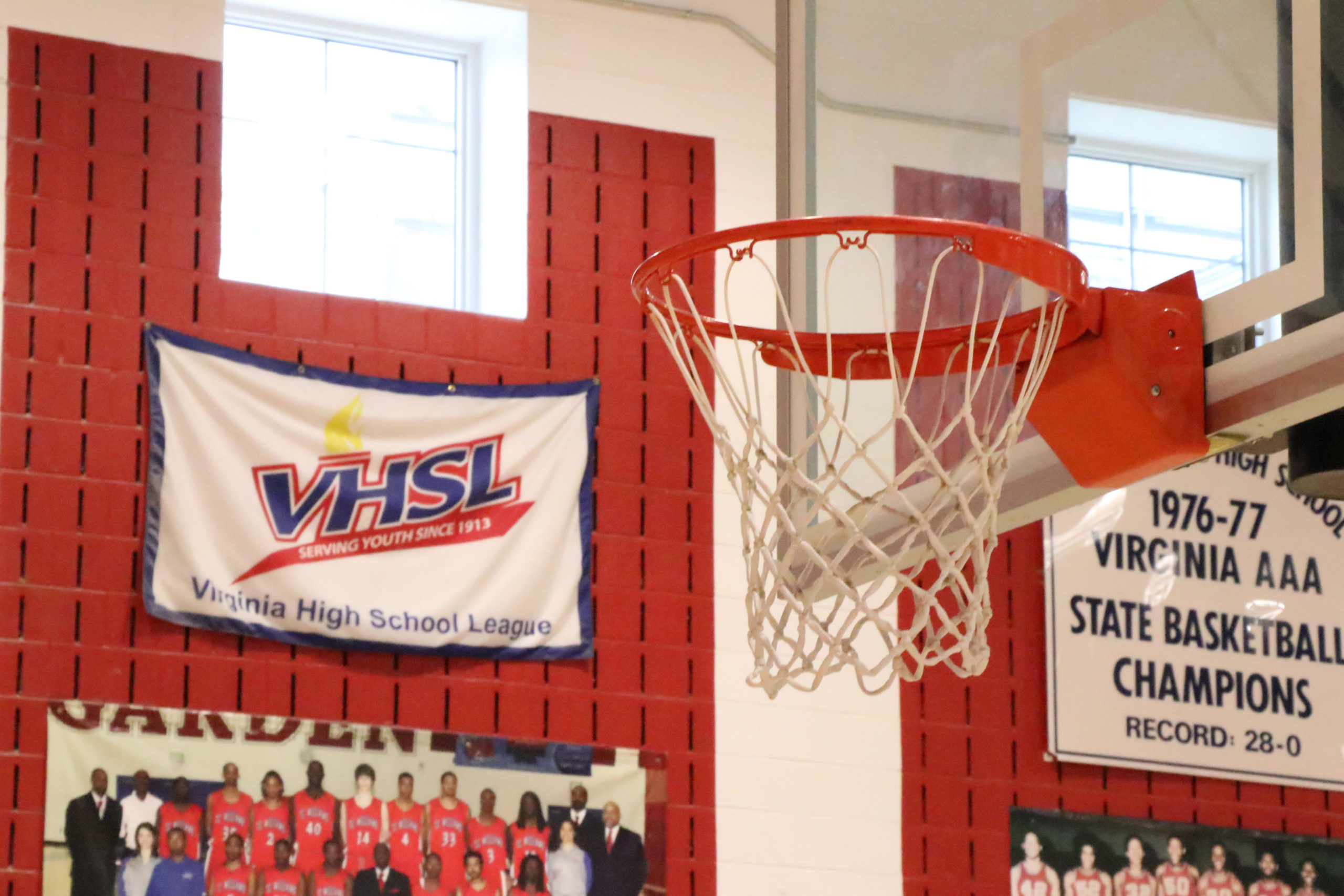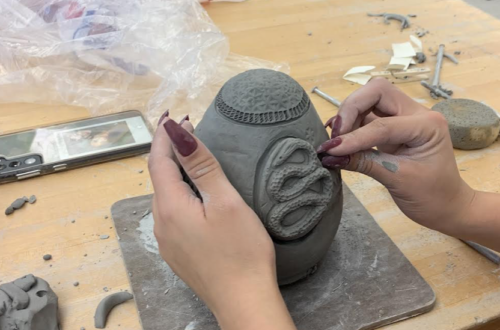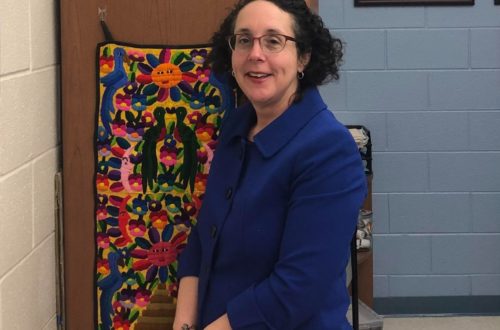Addressing Abortion and Women’s Rights
Eliza Gwin
Staff writer
It has been almost 50 years after the famous Supreme Court case Roe v. Wade ruled it was a women’s right to have an abortion, yet abortion rights are still a hot-button issue in American politics. The recent Women’s March on October 2nd mirrored the 1973 protests that led up to Roe v. Wade‘s decision. “No matter where you live, no matter where you are, this fight is at your doorstep,” said Planned Parenthood President Alexis McGill Johnson to the crowd in D.C.
The Women’s March is an organization that creates events and protests intended to encourage social and political development related to women. The first Women’s March was held in 2017 when millions of people worldwide gathered to protest the inauguration of President Donald Trump. Numerous offensive and anti-woman comments made by Donald Trump prompted the protest.
Inspired by recent political events, the Women’s Marches seek to motivate change. This year, the march protested the recent Texas abortion law and the Supreme Court’s decision not to block the law.
On September 1st, Texas enacted a law banning abortions after six weeks of pregnancy. The law sparked immediate outrage by people who are pro-choice believing that abortions should be a personal decision made by a woman. Almost exactly one month later, the 2021 Women’s March took place in over 600 locations, including Washington, D.C, Austin, Texas, Atlanta, Georgia, and New York City.
In a statement posted on Twitter about the motivation behind the October 2nd march, Emiliana Guereca, the founder of the Women’s March Foundation, wrote, “Ensuring access to reproductive healthcare shouldn’t be a partisan issue; reproductive healthcare is a women’s right, and that includes abortion…”
The main march was in Washington D.C., where marchers met at Freedom Plaza in Northwest D.C. for a pre-march rally. The rally’s speakers included comedian Cristela Alonzo, athlete Schuyler Bailar, and prominent activist Monica Simpson. The crowd displayed signs with slogans about the pro-choice movement, such as “Bans off our bodies” and “Abortion is healthcare,”
Thousands assembled for the march, which traveled from Freedom Plaza to the Supreme Court. Counter-protesters were also at the Supreme Court to express their opinions on the ban. The amount of pro-life (people who are against abortion) protesters was significantly less than the pro-choice protesters. Some of them held signs that said, “Abortion is murder,” and some carried signs with pictures of aborted fetuses.
Although the appearance of pro-lifers incited annoyance and anger among the pro-choicers, it did not break their spirits. Marchers chanted sayings like, “This is what democracy looks like!” and “My body, my choice!”
Many Alexandria City High School students attended the march, including sophomore Evelyn Sirois, who said, “I wanted to attend the women’s march because it was the right thing to do. When people’s rights to their own bodies and decisions are being attacked, you need to make sure that you stand up for them.”
The Supreme Court reconvened on November 1st to discuss the abortion law, and will likely issue a ruling in the next month, which will heavily impact the future of reproductive rights in America.
Photo by Eliza Gwin

